The worst drought in 50 years has descended on America and left communities struggling to cope. "If no significant rain comes, I will have to go out of business," explained Karen Harrelson, one of many farmers and ranchers fighting to hang on through the drought. "I just don't have any grass and won't be able to afford the hay prices." She has already been forced to sell 100 of her 250 herd of cattle.
The summer from hell continues to bring wave after wave of extreme weather events, and each one provides yet another example of what climate change is doing to our families and businesses. After the fires and heat waves, came the drought. The National Weather Service's Drought Monitor said more than half the country is in its grip and nearly 1,300 counties have been designated disaster areas as a result.
The number of lives impacted and the amount of money lost will be tallied for months and years to come.
Matt Johnson, a farmer in Indiana, is facing the prospect of plowing under his crop. "For me to sit down and pencil it out and say you'd be better not to harvest this crop would be just devastating," he said. "Guys are saying, 'This is bad, this is worse than '88, this is worse than I've ever seen it. How am I going to pay the bills? What am I going to do?'"
Governor Pat Quinn of Illinois, meanwhile, called a press conference in a corn field and held up two shriveled ears of corn nearly devoid of kernels. "You can see firsthand how depleted, how serious... this drought is," he said. "This is the heart and soul of the Illinois economy. Forty percent of our economy depends on our agriculture, on our corn and our soybeans and our livestock."
Across the nation, people are trying to make sense of what the drought will mean for their families -- whether it's farmers wondering if they can hold on to their farms or parents wondering if they can afford to feed their kids. The USDA expects food prices to rise as much as 3.5 percent this year and into the next.
Taken together, these individual struggles paint a clear picture: this is what climate change looks like. Climate change is fueling the drought by driving up temperatures, which dries out the soil. These arid conditions are consistent with what scientists have been predicting for decades.
They are also consistent with larger trends already unfolding. According to NOAA, more than 25,000 new record temperature highs have been set this year alone in the United States. A recent report from the National Climatic Data Center noted that the past twelve months were the warmest since record-keeping began in the U.S. in 1895.
The number and intensity of extreme weather events has also risen -- a shift the Intergovernmental Panel on Climate Change concluded is linked to climate change. Four out of five Americans live in counties that have had natural disasters declared since 2006.
In the midst of all the alarming weather reports, it's important to remember that we can help prevent the kinds of climate-change related disasters we're experiencing.
We start by reducing the carbon pollution that causes climate change. The Obama administration has made good strides -- including its clean car standards that will cut vehicle carbon pollution in half and carbon limits on new power plants -- but more needs to be done. Next it should set limits on how much carbon pollution existing power plants can release.
We must also expand the amount of clean energy we generate in this country. Roughly 35 percent of all new power generated in America in the past four years has come from wind--the equivalent of nine nuclear power plants. This is a good beginning, but our lawmakers could do more to ramp up our clean energy development and the job growth that comes along with it--like extending the Production Tax Credit to promote wind energy that is slated to end this year.
These are some of the weapons that will help us fight climate change. They will make the difference between the summer from hell becoming a distant memory or the new normal.
This post originally appeared on NRDC's Switchboard blog.
